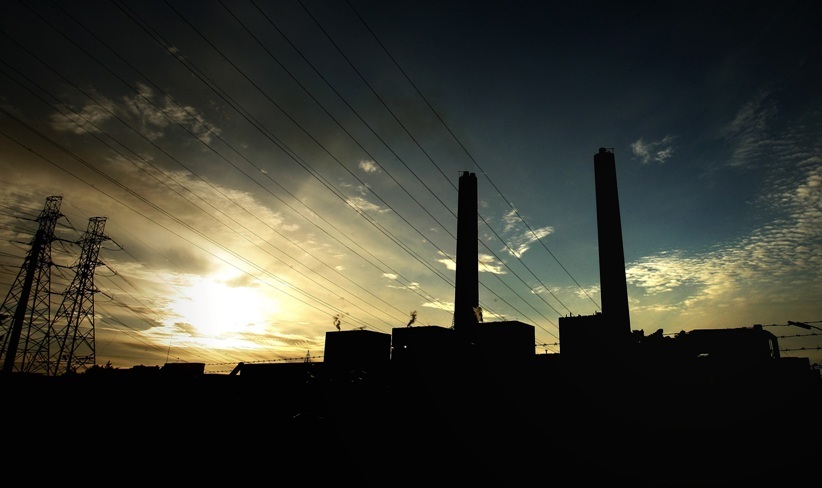The Union Budget 2024 has provided new thinking on conventional power generation systems like thermal, hydropower and nuclear power. T&D India takes a closer look.
Apart from retaining its sharp focus on renewable energy, particular solar power, this year’s Union Budget has attempted to revisit the most traditional forms of power generation – thermal, hydropower and nuclear. Here are some highlights:
Advanced ultra supercritical (AUSC) technology
It is an established fact that how much ever India moves towards renewable energy, the base load will continue to be met by thermal power plants, mainly coal. This could change in the future when energy storage becomes rampant and cost effective, but in the foreseeable future, there is no easy escape from coal-fired power plants.
Nonetheless, supercritical technology for coal-fired power plants promises to generate more electricity per unit of coal consumed, thereby moving towards reduced emissions and a lower carbon footprint.
Taking the supercritical technology further was ultra supercritical technology, and now this has made way for advanced ultra supercritical (AUSC) technology, which was highlighted in the Budget.
In her Budget 2024 speech, Union finance minister Ms Nirmala Sitharaman said that development of indigenous technology for Advanced Ultra Super Critical (AUSC) thermal power plants with much higher efficiency has been completed. A joint venture between NTPC and BHEL will set up a full scale 800-MW commercial plant using AUSC technology. The government will provide the required fiscal support. Moving forward, development of indigenous capacity for the production of high-grade steel and other advanced metallurgy materials for these plants will result in strong spin-off benefits for the economy.
Thermal power project in Bihar
The Union Budget has promised support to a new 2,400-MW thermal power project at Pirpainti in Bihar, with an estimated investment of Rs.21,400 crore. It is widely known that Bihar has had a very difficult time in building power generation capacity at the state level. The reliance on allocation from Central government-owned power producers like NTPC is traditional. In fact, Central PSUs like NTPC and SJVN Ltd are now participating in long-drawn power projects that were originally supposed to be put up entirely the state government.
Pumped storage plants
The Union finance minister said that a new policy for promoting pumped storage projects (PSP) will be brought out for electricity storage and facilitating smooth integration of the growing share of renewable energy with its variable and intermittent nature in the overall energy mix.
Pumped storage plants are not new to India but they are assuming importance because they could be a cost-effective option for meeting late-evening and night power demand when generation from renewable sources (mainly solar) is low.
In a pumped storage project, water is pumped to an upper reservoir when energy tariff/demand is low. When demand peaks, water is released and electricity is generated on the lines of a typical hydropower project.
According to Central Electricity Authority (CEA), there are currently eight operational PSPs in India, with aggregate installed capacity of 4.75 GW. Another four with total capacity of 4.13 GW are under physical construction while another five envisaging 55.93 GW of capacity are under survey and investigation.
It is noteworthy that PSPs will increasingly see the use of renewable energy (RE) to pump up water in the day time when RE generation is high. The water will then be released to meet the late evening/night demand that cannot be met through RE sources. As already reported by T&D India, Maharashtra alone has a 10 GW potential for PSPs, and an interstate transmission system (ISTS) scheme to feed RE power to upcoming PSPs in the state is under deliberation.
Modular nuclear reactors
India is currently in the process of commissioning seven new atomic power stations so as to take its nuclear power generation capacity from the current 7.48 GWe to 13.08 GWe, by 2029. This nuclear addition programme is being pursued through various technologies like pressurized heavy water reactor, fast breeder reactor, advanced heavy water reactor, etc.
While the ongoing nuclear power programme involves power stations with large capacity, even going up to 700 MWe, the Union Budget has proposed a public-private partnership for R&D on Bharat Small Reactor (BSR), Bharat Small Modular Reactor (BSMR) as well as newer technologies for nuclear power generation.
It is reliably learnt that the Department of Atomic Energy (DAE) is working on a 220-MW BSMR that will use light water-based reactors by replacing Calandria by pressure vessel. [Calandria is a low-pressure vessel containing heavy water and which houses the reactor core.]
More Union Budget Stories
- Union Budget 2024-25: Industry reactions
- Budget 2024: IEEMA welcomes thrust on energy security
- Plan outlay of power CPSUs up nearly 14 per cent in FY25

